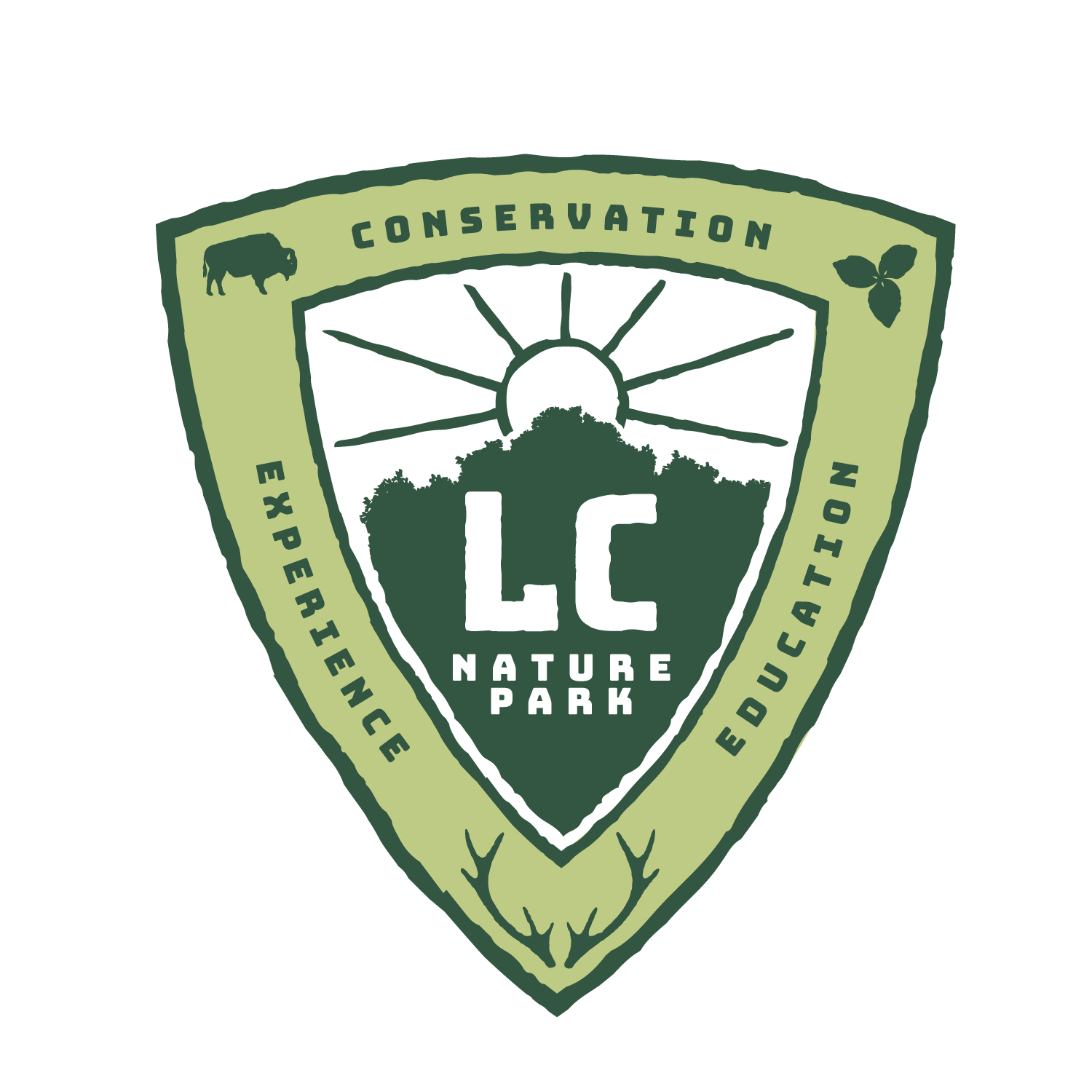Pollination
Overview
In this program, we will learn about pollination.
What it is and its importance for plants, pollinators, and humans.
Objectives
To gain knowledge of pollination and pollinators and some of their characteristics that helps them be as efficient and successful as possible.
Vocabulary
Pollination
Pollinator
Pollen
Reproduction
Specialist
Generalist
Background
After photosynthesis, pollination may be the most important natural process. A plant is pollinated when pollen (from the male anthers) reaches the stigma (from the female part of the flower). Only when the male sperm reaches the egg however, fertilization occurred, which is necessary for reproduction.
The act of pollination serves multiple purposes that fulfill the needs of both the plant and pollinator, which is often an insect like a bee, moth, butterfly, or a bird like a hummingbird.
There are specialist pollinators, which are pollinators that visit only one or very few flower types, and generalists, which are pollinators that visit a wide range of flower types.
Program Outline
Students will first spend time walking through the Education Center observing the displays.
Students will then make their way to the amphitheater for a brief introduction to the activities for the day, review the expectations for the Park and program, and information about the lesson will be provided.
We will then go for a hike to a grassland to look for pollinators pollinating.
We will then find a place where we can observe them without bothering the pollinators. Then, we will have a conversation about some of the specifics of pollination and discuss what we have observed.
Activity: They could do a journal entry about the pollinators they saw and discuss if they are generalists or specialists. They could also make graphs on the frequency with which they saw specific pollinators during the hike.
